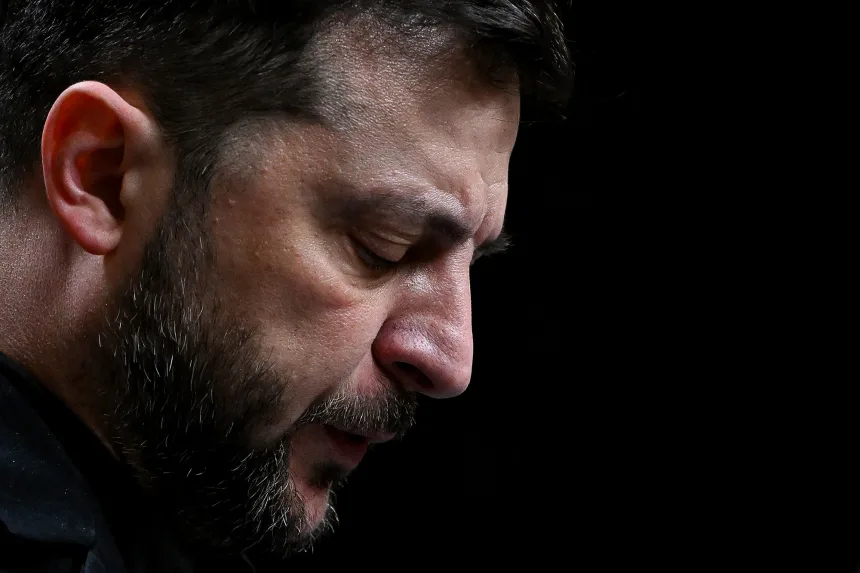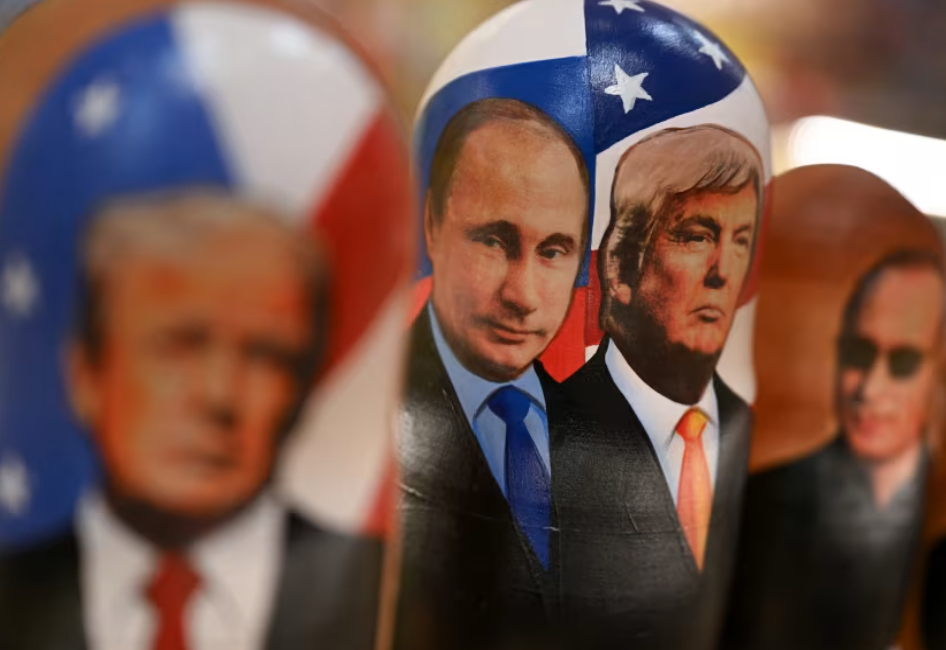Donald Trump’s 28-point Peace Plan to end the war in Ukraine is being described in European capitals as less a peace plan and more a surrender document that tracks almost exactly with Moscow’s long-standing wish list.
The draft, leaked in full this week, would lock in sweeping gains for Russia, pressure Kyiv to accept elections on an impossible timetable and reshape Europe’s security architecture largely on the Kremlin’s terms.
A plan that reads like Moscow’s starting position
Much of the text mirrors Russia’s maximalist demands from the Istanbul talks in 2022, when Russian troops were far deeper into Ukraine. Key elements include:
- Ukraine would formally abandon its NATO ambitions and accept permanent neutrality
- Kyiv would be required to limit the size of its armed forces and accept strict security conditions
- Russia would keep Crimea, Luhansk, Donetsk and other occupied territories in the east, with some remaining Ukrainian held areas turned into a demilitarised “buffer” that is technically Russian
- Elections would be held only 100 days after a deal, a timeline diplomats say is logistically impossible and politically dangerous
Analysts warn that turning remaining Ukrainian controlled parts of Donbas into a demilitarised zone “under Russian civilian control” would in practice hand them to Moscow without a fight and give Vladimir Putin a forward base for a future push toward Kyiv.
Frozen assets and sanctions relief tilted toward Russia
On paper, the plan suggests using 100 billion dollars in frozen Russian assets to rebuild Ukraine. In reality, most of the worst damage is in occupied areas that Russia would control after any deal.
Under the current draft:
- Russian companies would lead reconstruction in those regions
- Half of the “profits” would flow to the United States
- Sanctions on Russia would be lifted in full
Critics say this creates a path for the Kremlin to claw back large chunks of frozen money and regain normal access to global markets, while entrenching its territorial gains.
Snap elections, snapback clauses, and a built in escape hatch
The document is full of vague triggers that Russia could use to walk away at any time. References to “denazification” and bans on “Nazi ideology” repeat old Kremlin talking points and could be invoked over a single extremist symbol online.
Another clause says Ukrainian security guarantees become “invalid” if Kyiv fires a missile at Moscow or Saint Petersburg “without cause” leaving huge room for Russian reinterpretation later.
European diplomats say the drafting looks rushed and amateur, but politically it hardwires Russian narratives into any future settlement.
Trump turns up the pressure on Kyiv
Trump has framed the plan as a way to “stop the killing” and told reporters that Volodymyr Zelenskyy is “going to have to approve it.” Asked what happens if Ukraine refuses, he replied that they “should just keep fighting I guess.”
Donald Trump has been speaking to reporters at the White House with New York mayor-elect Zohran Mamdani.
Asked if he had spoken with Volodymyr Zelenskyy about the 28-point peace plan for Ukraine, Trump said: “We have a plan. It’s horrible, what’s happening. It’s a war that should have never happened.”
“We think we have a way of getting peace. He’s going to have to approve it,” the US president added.
Put to him by a reporter that the peace plan had received some criticism, Trump replied: “You mean he [Zelenskyy] doesn’t like it?
“He’ll have to like it, and if he doesn’t like it then they should just keep fighting I guess.”
“At some point, he’s going to have to accept something. You remember in the Oval Office, not so long ago, I said ‘You don’t have the cards’.
“I inherited this war. I thought he should have made a deal a year ago, two years ago,” Trump added.
The White House wants Kyiv to sign off on a framework by next week. Officials privately describe that date as a goal rather than a hard deadline, but Ukrainian officials say the pressure is intense, coming just as their army is under strain near Pokrovsk and domestic scandals are weighing on Zelenskyy.
EU leaders are scrambling to produce a counter proposal and warn that imposing Washington’s plan over Kyiv’s objections could trigger the biggest transatlantic crisis since the birth of NATO.
Putin welcomes the text as a “basis”
At a meeting of Russia’s Security Council, Putin confirmed that Moscow has received the 28 point plan and said it “can serve as the basis for a final peace settlement.”
For the Kremlin, the timing is ideal. Russian forces are slowly advancing in the east, Ukraine is struggling with manpower and energy shortages, and Europe is arguing over how long it can sustain support.
Even if only a third of the text survives into a final agreement, Russian officials see it as a huge win that would lock in territorial gains and secure de facto influence over Ukraine’s future security choices.

Zelensky’s answer: not for sale
Publicly, Zelensky is careful not to slam the US plan outright, stressing that Kyiv will “work fast and constructively” with Washington and propose alternatives instead of simply saying no. Privately, Ukrainian officials describe the 28 point blueprint as unacceptable and dangerously close to a surrender document.
In his stark address to the nation, delivered in black, Zelensky admitted this is “one of the most difficult moments” in Ukraine’s history, saying the country is being pushed to choose between dignity and the risk of losing a key partner. His core message, now circulating widely in Ukrainian media, is summed up in one line:
“Right now Ukraine is under enormous pressure. We did not sell out our country on February 24 and we will not sell it now.”
After an almost hour long call with US Vice President JD Vance and Army Secretary Dan Driscoll, and emergency talks with leaders of Germany, France and the UK, Zelensky signalled that Ukraine will not sign away occupied land, its NATO ambitions or real sovereignty just to meet a US deadline. Trump is offering Putin a deal that locks in many of his war gains under the label of peace, while Kyiv is signalling it is prepared to endure another brutal winter rather than put its signature on that map.
For now, that sets up a stark confrontation. Trump is offering Putin almost everything he wanted to get by force, wrapped in the language of peace. Kyiv is signalling it would rather face another brutal winter than sign away its sovereignty on paper.










